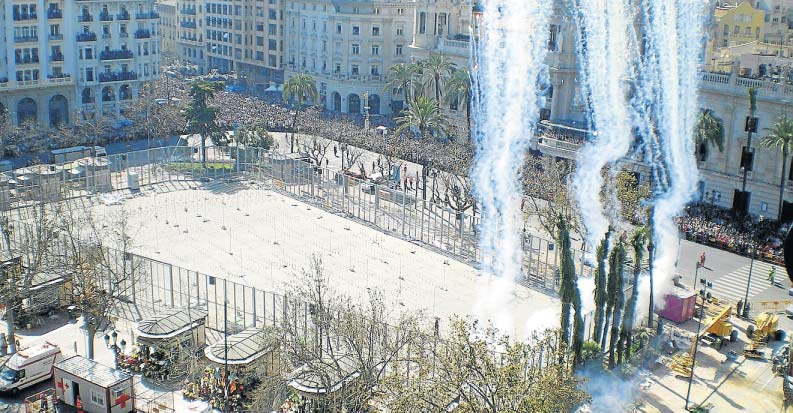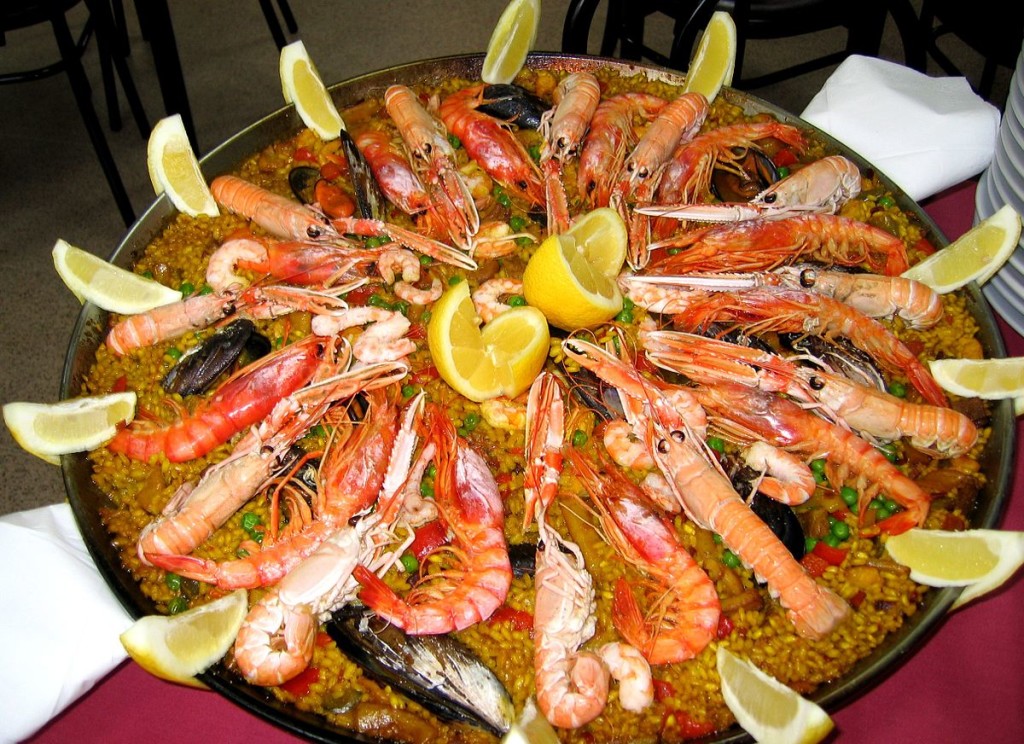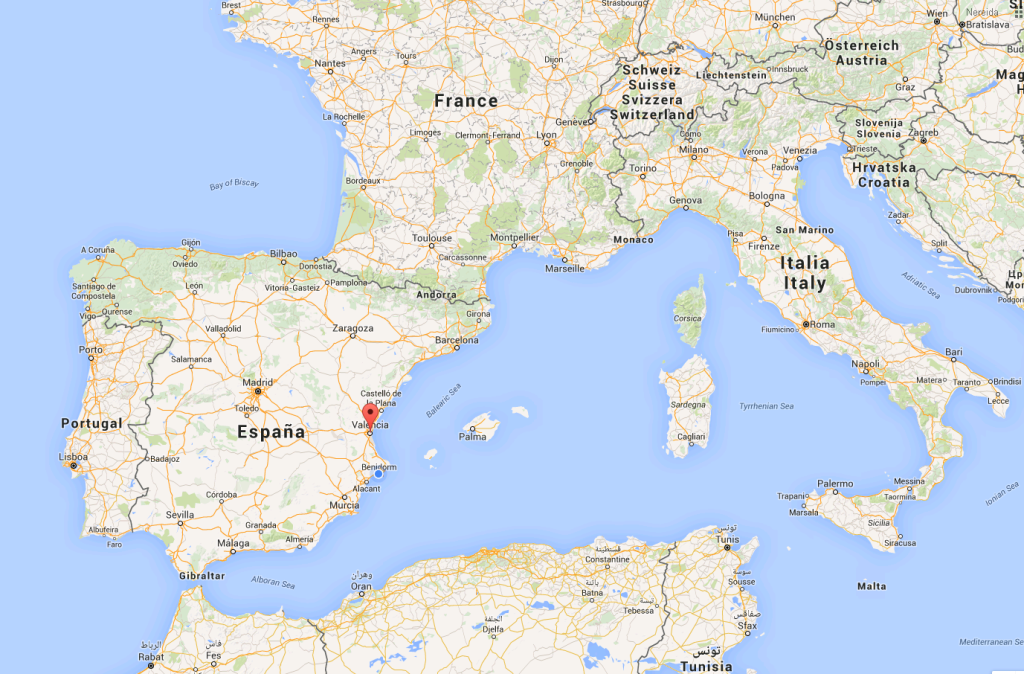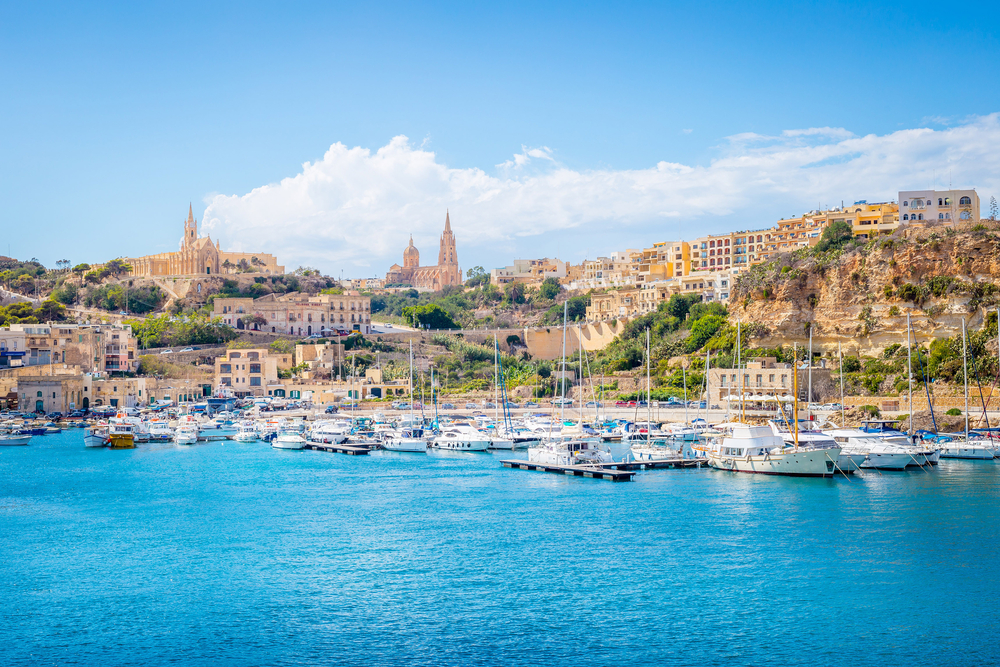Every community in Spain from the tiniest village to the largest city celebrates its local fiestas. In total there are hundreds if not thousands of diverse festivals yet only a handful catch the attention of an international audience. The bullrunning in Pamplona comes top of the pile when it comes to the most famous of Spanish fiestas followed by the likes of La Tomatina in Bunyol (Valencia) and the elaborate Carnival celebrations in Tenerife.
Another premier national festival which attracts vast numbers of visitors from outside Spain is Las Fallas which takes place in Valencia from 15th to the 19th of March. The focus of this fiesta is the selection of elaborate effigies known as ‘ninots’ which are displayed in key locations all over the city. These creations are made largely from papier-mâché and are often satirical models of famous politicians, entertainers and sportspeople. Whilst some are little higher than the height of a human being others are vast structures standing several stories high, most notably the one standing in the Plaça de l’Ajuntament.

On the night of 19th to celebrate the Feast of St. Joseph (the Patron Saint of Carpenters) these effigies are burnt to the ground one by one until the final one goes up in flames at midnight in the Town Hall Square. Then it’s back to the drawing board for the people of Valencia as they begin preparations for the construction of next year’s models.
Over the course of the four days leading up to the 19th March it is estimated that as many as two million people converge on the city of Valencia to see the ‘ninots’ making the Fallas Festival one of Spain’s major tourist events of the year. Over these days the whole city is a constant crescendo of noise thanks to the seemingly non-stop sound of fire crackers and fireworks which are set off throughout the day and night. Yet this is nothing compared with the night of 19th when all the Fallas are burnt amidst the crazy noise from exploding pyrotechnics all over the city. At that point Valencia can only be compared with a war zone!
A Day at the Fallas
In the days leading up to the night of the 19th, best known as ‘La Nit del Foc’ (the night of fire), there’s an endless stream of activities going on in the city which generates the atmosphere of an ongoing street party. Days begin at 8am with ‘La Despertà ‘ when brass bands march up and down the city streets with loud firecrackers going off all around them.

At 2pm from the Town Hall balcony in the Plaça de l’Ajuntament ‘La Fallera Mayor’ (the Queen of the Fiesta) announces the beginning of the ‘Mascletà ‘. There is then a sudden explosion of fireworks and firecrackers that shakes the city to its very core. In addition, there are impressive firework displays every night in the city’s old riverbed.
‘La Cremà ‘ refers to the burning of the Fallas on the 19th. This begins with the burning of a minor effigy known as ‘La Falla Infantil’ followed by the razing of the main one around 10pm. Then everyone heads for the Plaça de l’Ajuntament to watch the incredible sight of the last of the year’s Fallas being burnt to the ground. And that’s the end of the fiestas for another year.
The Fallas: Practicalities
Whilst there are Fallas celebrations in a number of other localities in the ‘Comunidad Valenciana’ (most notably in Benidorm) during the same week, it is the city of Valencia where you will experience this fiesta to the maximum.
Flights to Valencia: In spite of being Spain’s 3rd largest city, Valencia doesn’t get the volume of incoming flights that you might expect. However, there are a significant number of arrivals from all over Europe provided by numerous low-cost airlines including Ryanair, easyJet and Vueling. If you can’t find a suitable direct flight to Valencia then consider going to Alicante which is about 2 hours away by road.
Getting There: Valencia Airport is only 8km west of the city and is well connected by public transport. Alternatively, you can pre-book a private transfer to your hotel with Shuttledirect. This specialist airport transfer company can also arrange for your transport from Alicante Airport to Valencia on request. Another option for seeing the Fallas is to book a holiday to Benidorm then take a couple of nights in the city during your stay or simply go into Valencia for the day and take a walk around the effigies.
Accommodation: Considering the number of visitors that attend the Fallas festival it is highly recommended that you pre-book accommodation, preferably months in advance. The city has some splendid hotels ranging from the the 5-star luxury of the Hospes Palau de la Mar (Navarro Reverter 14) to the 2-star Home Backpackers Hostel (Plaza Vicente Iborra) with hundreds of options in between. When making your choice be sure to check out the location of your hotel as the noise from all the fireworks isn’t conducive to a good night’s sleep. Properties in the city centre will be the noisiest.
What to See: When booking your visit to Valencia try to allow extra time to discover the city’s main tourist attractions. At the top of that list is the City of Arts and Sciences which was designed by local architect Santiago Calatrava. This spectacular complex merits a full day of your time in its own right. Other key attractions include the 13th century cathedral, the Mercado Central and the historic Plaza de Toros bullring. If you’re a football fan be sure to check your calendar before travelling in case Valencia CF are playing at home at the Mestalla Stadium during your visit.

What to Eat: Perhaps the number one signature dish of Spanish cuisine is Paella Valenciana which originates in this region. Restaurants all over the city will offer it on their menus together with a selection of other creative rice dishes. For somewhere special, book a table at La Pepica (Avenida Neptuno 6) down at Playa de la Malvarosa where they’ve been cooking paella since 1898. Their celebrity guests over the years have included famous Valencian painter Joaquin Sorolla and Ernest Hemingway who was once a regular here.





